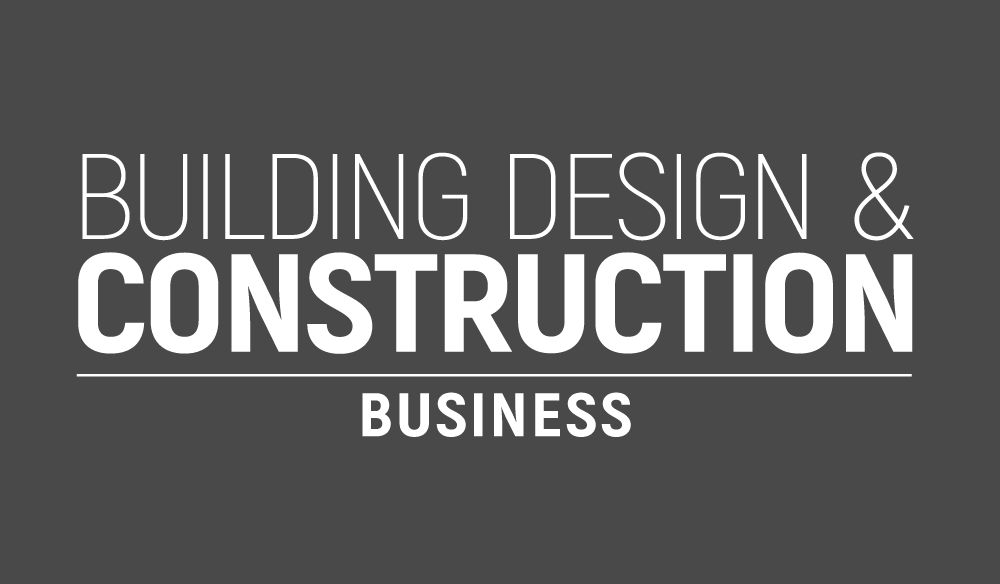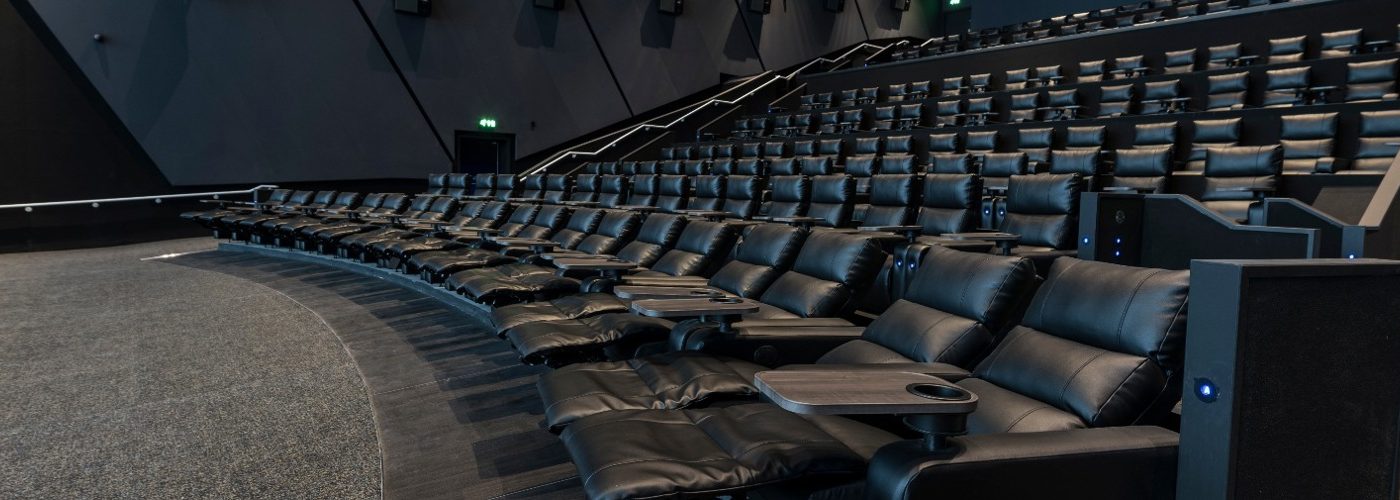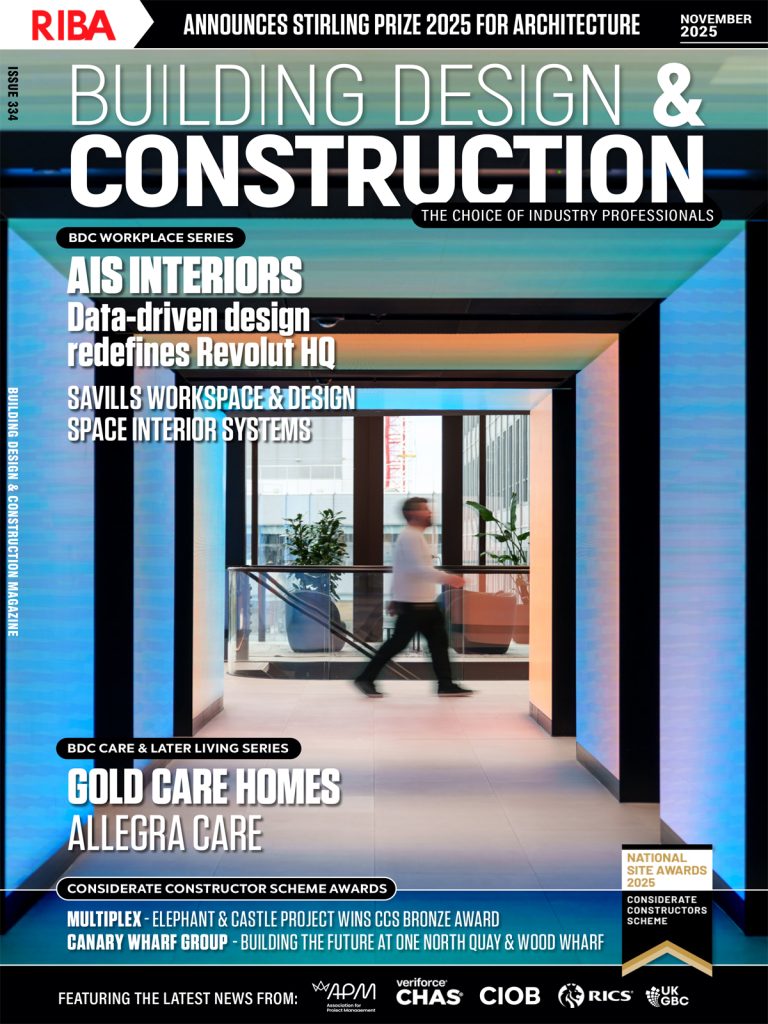Leisure spaces are now curated experiences designed to keep people engaged. From cinemas to gyms, design influences how long visitors stay, what they spend, and if they return. Beneath the surface, architecture, psychology, and tech work together to shape behaviour.
Multi-Sensory Stimulation and Atmosphere
Engagement isn’t just visual, sound, scent, temperature, and touch all help keep people involved. Modern leisure spaces use acoustics to shape mood, from spa music to adventure park beats. Scent marketing is subtle but effective, with hotels, casinos, and gyms using signature scents to build emotional connections. Texture matters, too, from soft seating to tactile surfaces, enhancing physical comfort.
This multi-sensory design also extends to online spaces. Entertainment platforms like online casinos use music, sound effects, animations, and haptic feedback to recreate the emotional pull of real-world venues.
These sensory cues make the experience more immersive and keep users engaged longer. Many of the best UK gambling sites not on GamStop make use of these multi-sensory cues in addition to swift payouts, diverse payment options, expansive game libraries consisting of thousands of games, and enticing bonuses like welcome rewards and cashback offers, to ensure players stay engaged and entertained. Multi-sensory stimulation transforms leisure environments into immersive experiences that spark emotion, deepen engagement, and leave lasting impressions.
Designing for Flow and Movement
One of the core principles in leisure space design is flow, or how people move through a space. Designers think about entrances, bottlenecks, transitions, and natural pauses. In a shopping mall, for instance, the goal might be to slow visitors down and encourage them to browse, while in a theme park, the priority is efficient crowd movement without killing the mood. Curved paths and subtle changes in flooring and lighting are often used to nudge people along or invite them to linger.
Cinemas and entertainment venues often design their lobbies with wide-open spaces and immersive lighting, drawing people into the experience before the main event starts. Clear sightlines and easy-to-navigate layouts make visitors feel in control, which increases comfort and encourages longer stays.
A lot of thought is also put into theatre design, with the aim of guiding audiences through a fluid, immersive experience that begins well before the curtain rises. Every part of the layout, from lobby to stage, is crafted to balance function and atmosphere. Foyers use layered lighting, warm finishes, and curated decor to create a welcoming first impression. The design ensures comfort, clear navigation, and smooth transitions. The seating offers balanced sightlines and sound, helping every guest connect to the performance. The space fosters focus, emotion, and the magic of live theatre.
Flexible Zones for Different Engagement Levels
Not every visitor engages with a space in the same way. Some people want to move and explore, others want to relax and observe. That’s why many leisure environments are designed with zones that accommodate different types of energy and interaction. In a modern leisure centre, there might be social lounges, quiet nooks, performance areas, and high-energy activity zones, all coexisting.
Flexibility is key. Furniture that can be rearranged, digital screens that update with different content, and modular walls allow a space to adapt to different groups and events. This keeps regular visitors from getting bored and gives first-timers a reason to come back for something new.
Tech Integration and Interactive Features
Technology has transformed how designers think about engagement. From interactive walls in museums to app-connected lockers in gyms, leisure spaces are increasingly blending physical and digital elements. Smart lighting systems respond to movement, while real-time analytics help operators understand how people use the space and adjust accordingly.
Additionally, escape rooms have evolved beyond traditional puzzles, incorporating advanced technologies to create dynamic and interactive environments. Motion sensors, for instance, detect player movements, triggering events like hidden compartments opening or lighting changes, thereby deepening immersion. While Virtual Reality (VR) is increasingly being used in escape rooms, it transports players into entirely digital worlds, offering unique challenges and narratives that transcend physical limitations.
Community and Social Experience
Leisure spaces that thrive often do more than entertain, they create a sense of community. Design plays a role in this, too. Seating arrangements that encourage conversation, open floor plans that promote group interaction, and communal zones that double as event spaces help build social engagement.
For instance, modern gyms often include lounge-style waiting areas and smoothie bars to extend the visit beyond the workout. In cinemas, large lobby areas with games or merchandise encourage groups to hang out before or after a movie. These spaces are designed not just to serve a purpose but to make people feel connected.
Conclusion
Leisure environments are built to do more than look appealing—they guide movement, spark curiosity, and keep people coming back. Through lighting, tech, and flexible layouts, the aim is to keep visitors engaged and immersed. For designers and operators, shaping behaviour through space isn’t optional; it’s essential.





